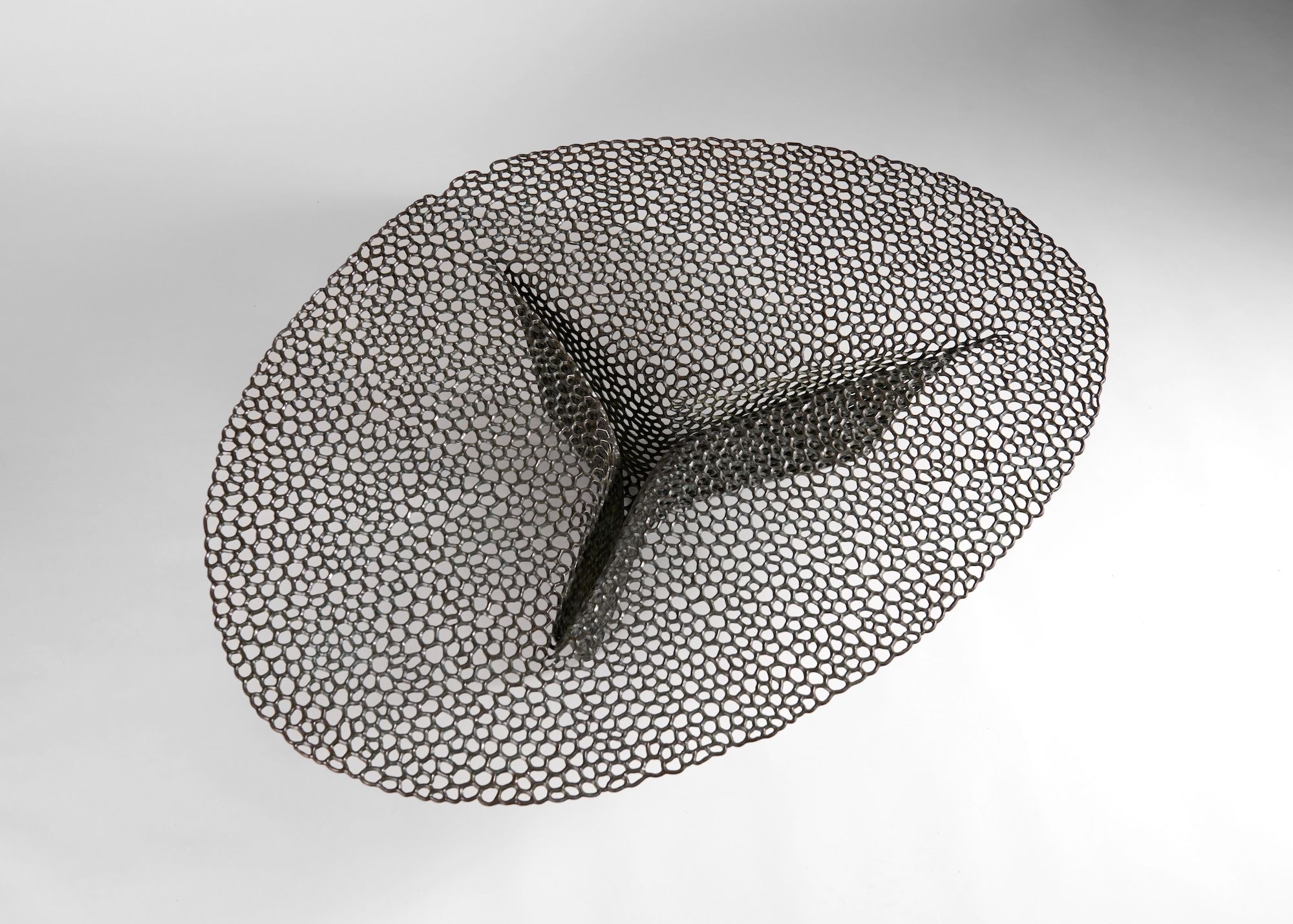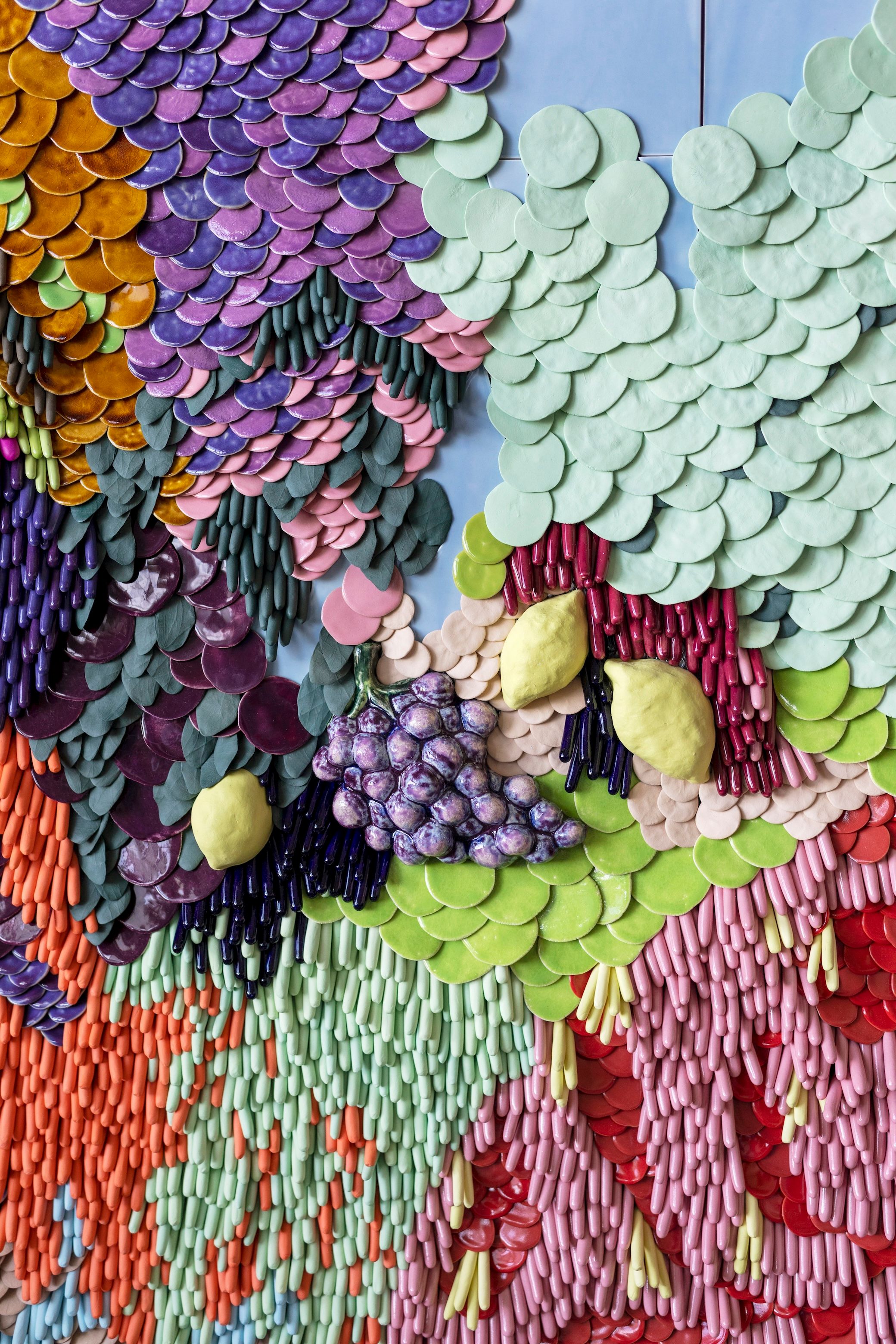OBJECT OF MY AFFECTION JANUARY 30 2024
by Design Miami
5 of-the-moment objects to celebrate the promise of a new year
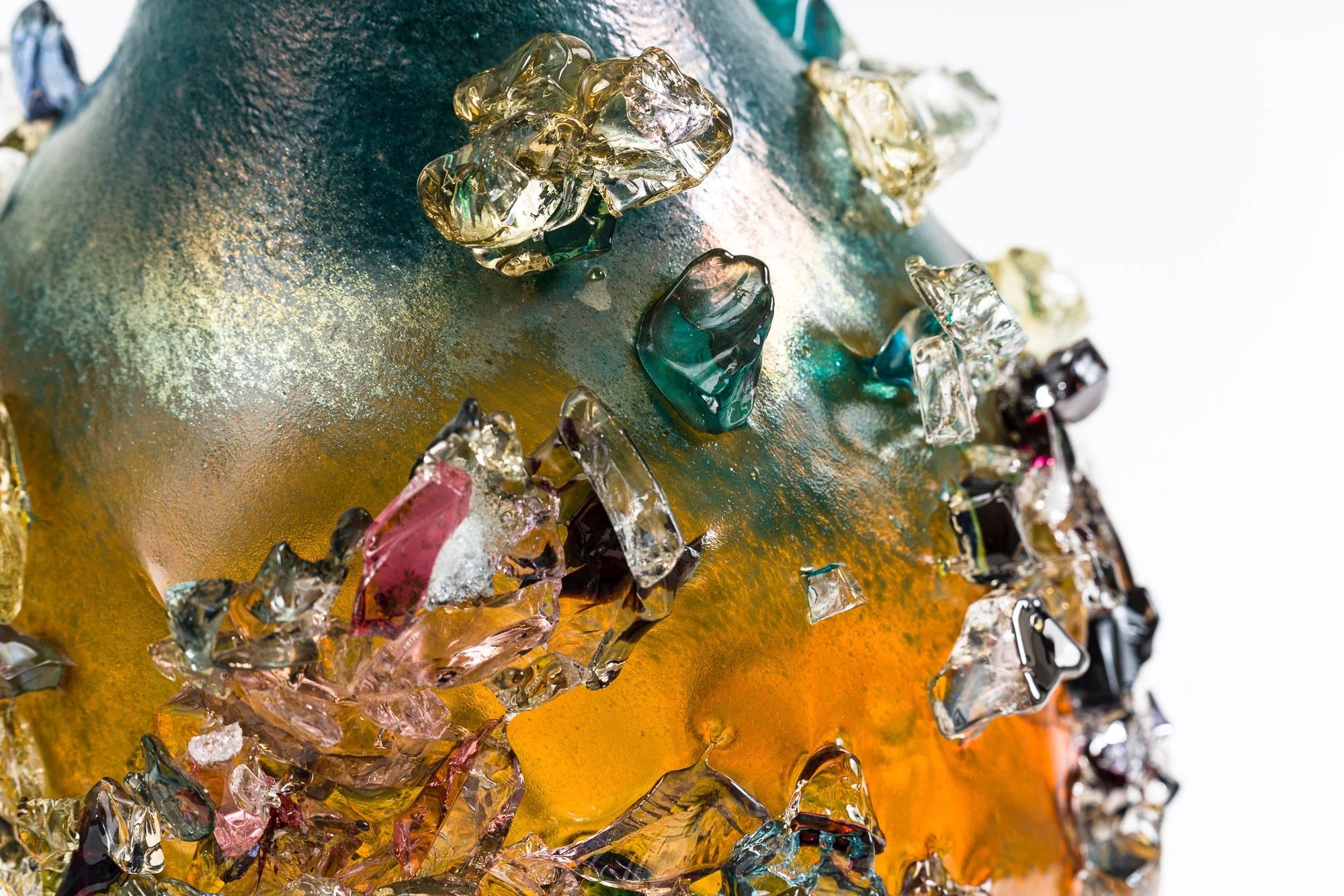
DETAIL VIEW OF SAKURA TRP23009 BY MAARTEN VROLIJK (2023), REPRESENTED BY TODD MERRILL STUDIO
Photo © Todd Merrill Studio
As the first month of 2024 draws to a close, we’re taking one last moment to say Happy New Year! The holiday season may be behind us, but we haven’t let go of the inspiring new year vibe that promises new opportunities, new perspectives, and new horizons. With so much going on in the world, the moment calls us to maintain a forward-facing outlook propelled by an unwavering vision of a better tomorrow.
Lucky for us, we’re committed design connoisseurs—so this outlook is second nature. We always have our eyes on the inventive, ever-evolving production of our super talented community. And right now, we are seeing a profusion of uplifting visions for where the culture is heading: more sustainable materials and processes, more empathic narratives, more freedom of expression, more interconnectedness, more humanity. Here are just five examples of phenomenal designs that capture the moment.
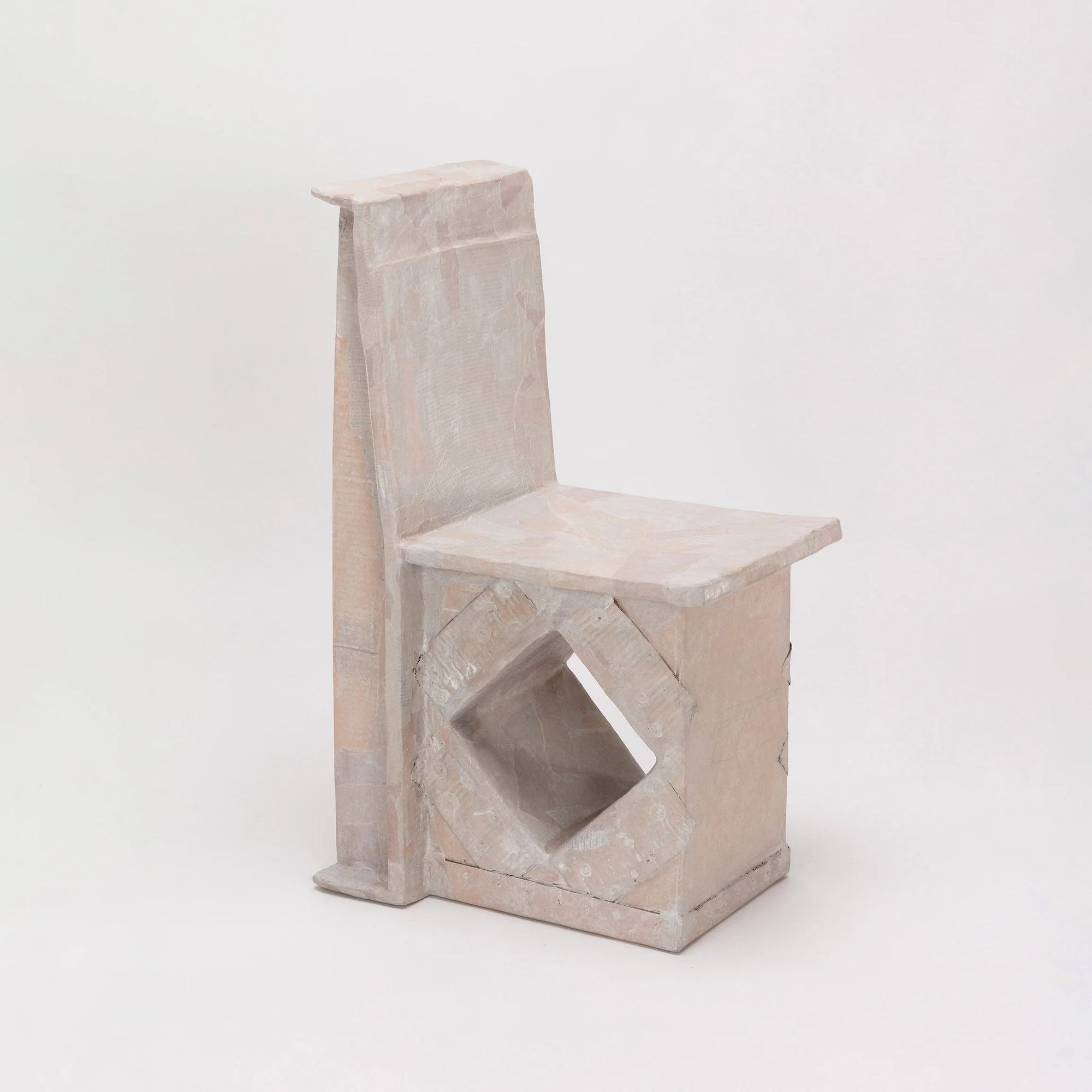
Photo © Gallery FUMI
Last October, London’s Gallery FUMI presented a breakthrough collection from the always thoughtful and meticulous British designer-maker Max Lamb. Entitled BOX, this new body of work includes chairs and tables handcrafted from surprisingly humble, highly sustainable materials: salvaged corrugated cardboard, wheat paste, and linseed paint.
Lamb explains his interest in tapping the potential of discarded cardboard like this: “Most corrugated cardboard boxes are constructed from three or five layers of unbleached pulped recycled paperboard, with every other layer fluted to give thickness, lightness, structure, and impact resistance. They are wholly derived from plants—wood fibers for the layers of brown paper, glued together using starch from tubers, seeds, and roots, such as potatoes, wheat, rice, and tapioca. Cardboard boxes are usually secondary in importance to their contents, yet beautiful in material and design.”
In Lamb’s capable hands, this ubiquitous, undervalued material has been transformed into functional objects of enduring allure. As a bonus, the innate qualities of the material allow for easy repairs should damage arise over time. He notes, “you just need some extra cardboard boxes and some flour out of your baking cupboard.”

Photo © Wexler Gallery
The work of Ethiopian-American multitalent Jomo Tariku has taken the design world by storm over the last few years—thanks to both his African-inspired designs and his widely shared data research that laid bare the design industry’s critical lack of Black representation. His finely crafted, wood furniture can be found not only in major museum and private collections but also in Vice President Kamala Harris’ DC residence and the blockbuster film Wakanda Forever. At Design Miami/ 2023, Philadelphia’s Wexler Gallery unveiled Tariku’s his first foray into cast bronze: the strikingly sculptural Kundung Pembe Chair.
“Bronze is one of the oldest materials used throughout Africa, from the Bronze Head of Ife in Nigeria to Coptic crosses and Mequmya prayer staffs in Ethiopia,” Tariku says of the choice to explore a new material. Illuminating the inspiration behind the chair’s form, he adds: “Similar to bronze’s versatility in crafting various items, the repurposing of the cattle horn from slaughtered animals [across Africa] serves as a crucial resource for producing essential items such as drinking vessels, jewelry, combs, weapons, and musical instruments—like the Kundung xylophones from Nigeria, which I saw for the first time in the Voices Rising: The Music of Wakanda Forever documentary.”
The Kundung Pembe Chair sparks a compelling conversation with iconic 20th-century designs—Verner Panton’s Cone Chair and Philippe Starck’s Pratfall and Ed Archer Chairs, for instances. Like so much Tariku’s work, this piece expands the language of contemporary collectible design, foregrounding Africa’s rich cultural heritage against the backdrop of modernism’s unfolding legacy.
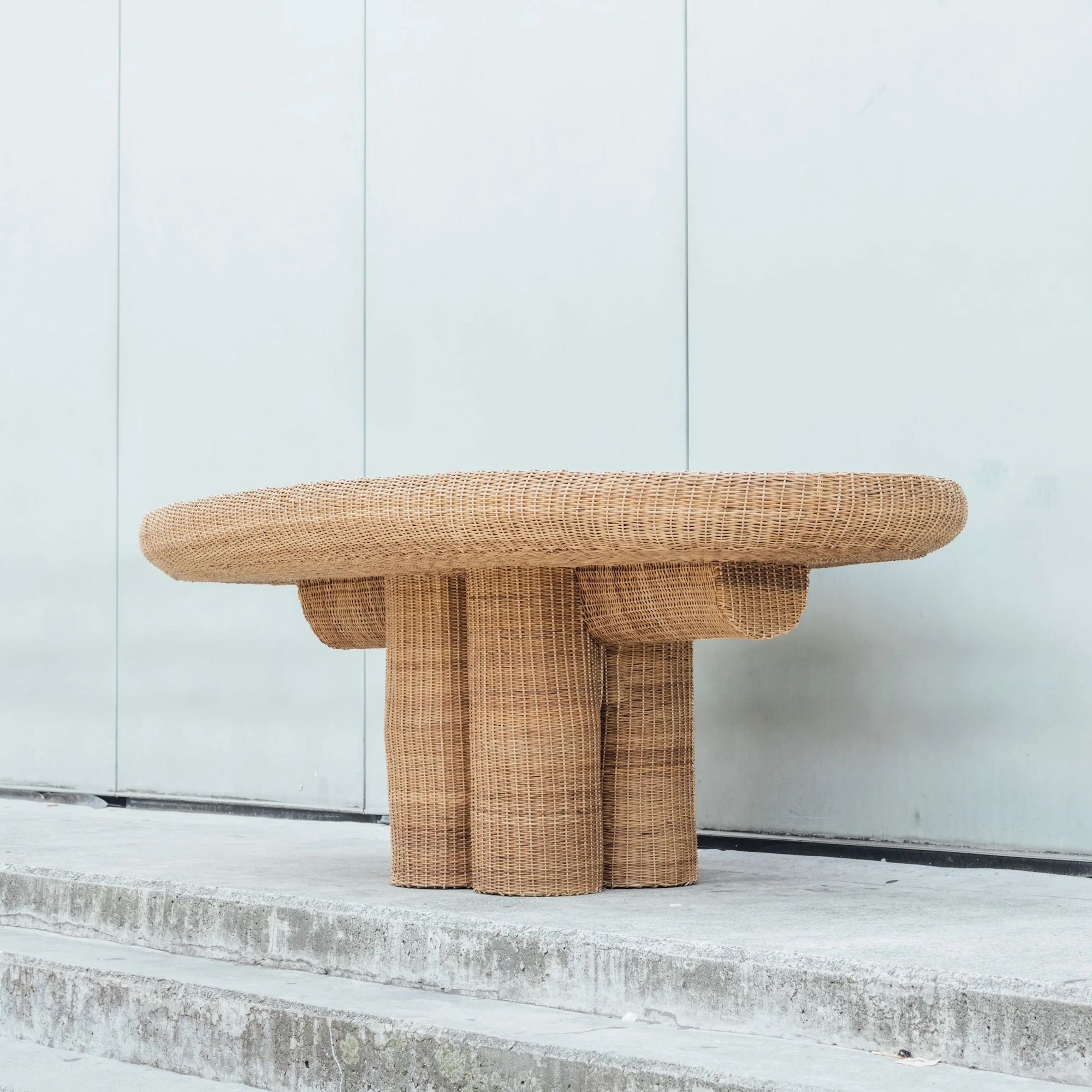
Photo © Side Gallery
Over the last few years, Medellín-based designer Francisco Jaramillo of Fango Studio has been exploring ways to respond to Colombia’s urgent deforestation crisis, a consequence of indiscriminate logging and the overuse of woods native to the Amazon rainforest—in Jaramillo’s words, “the endangered green lung of planet earth.” His commendable efforts resulted in Ibuju, an elegantly practical and eco-friendly furniture collection woven by Colombian artisans using sustainable yaré fibers. Barcelona’s Side Gallery debuted the collection at Design Miami/ 2023.
“Yaré is an example of the great biodiversity that Colombia has,” Jaramillo explains. “This fiber, harvested by indigenous communities in the south, grows attached to tree trunks and has long been used by local communities for the development of handcrafts. As the project progressed, we worked in collaboration with a group of weavers, translating the aesthetics and geometry of wooden blocks into a bench, a stool, and a table design.”
As a renewable resource that does not contribute to deforestation, yaré offers expansive possibilities, and the Ibuju collection will likely encompass new forms in the future. It’s no surprise then that Jaramillo has received a number of high-profile recognitions of late, including a Wallpaper* Design Award in 2023 and inclusion in Dwell’s Best New Designers list in 2022. Keep a lookout for more great work from Jaramillo, such as his budding experiments with another sustainable material, the fique plant, also from the Amazonia.
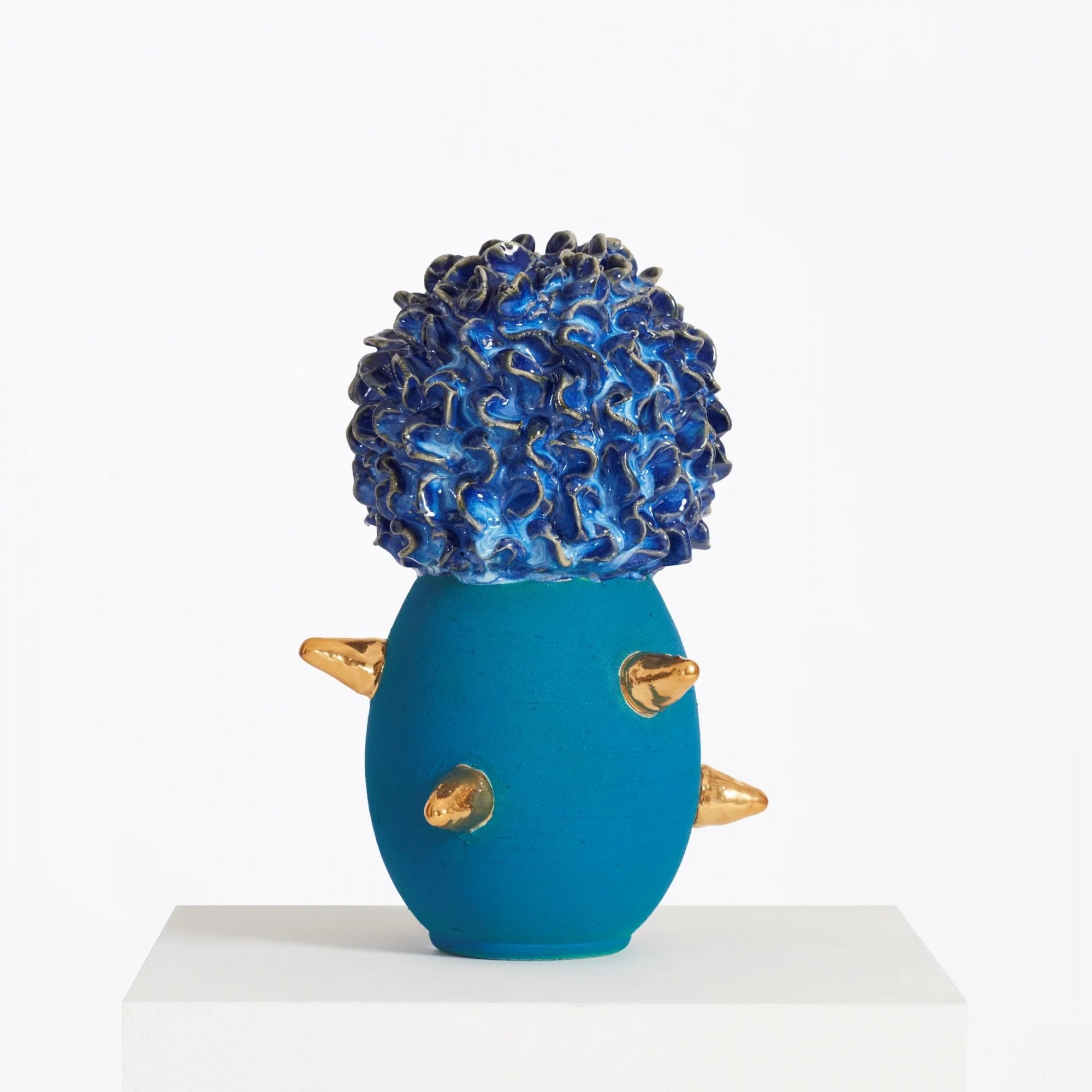
Photo © Hayden Phipps; courtesy of Southern Guild
Based in Paris and represented by Southern Guild in Cape Town, French-Beninese ceramic artist King Houndekpinkou has rooted his rising-star practice in a unique blend of cross-cultural influences. Although he trained under traditional Japanese clay masters, his intricately composed sculptural objects embody a worldview all his own, exuding an uncanny vitality that’s fueled by a sprawling range of personal fascinations—his memories of growing up in 1990s Paris, his lifelong love of video games and Japanese pop culture, the animist principles he admires in both Japanese Shintoism and Beninese Voodoo, to name a few.
Houndekpinkou achieves this extroverted dynamism in his work through a slow, meditative, and gentle production process. Requiring between three weeks and two months to complete, each piece—like those in his recent Totem series—begins with a sketch. From there, Houndekpinkou selects the clay (which may be sourced from Japan, Benin, or the US depending on the intended effect) and works it using the Japanese spiral wedging technique before throwing the basic form on a wheel. Next, he painstakingly elaborates the form with his signature textures, pigments, and glazes.
“I wanted to make pieces that seem moving or living—really breathing,” Houndekpinkou says of his practice. He adds, “My work is so many things. It’s joyful; it’s pop; it’s baroque; it’s decadent.” Ultimately, of course, it’s all his own, even as it resonates with viewers of all stripes.

Photo © Todd Merrill Studio
For Maarten Vrolijk, it’s all about the details—and the emotional impact that arises out of a volatile relationship between color and form, transparency and substance, delicacy and strength. The idiosyncratic élan of this Amsterdam-based artist-designer’s large-scale Sakura vessels is possible only through a mastery of glassmaking. Which is why this body of work is so often found in museums and private collections around the world, as well as represented by Todd Merrill Studio in New York.
Each dazzling, jewel-like piece in Vrolijk’s much sought-after Sakura series iterates on an intensive process that encases mouth-blown glass vases in broken glass shards. Flame polishing softens the sharp edges, resulting in an explosion of light and color inspired by springtime
“The sharp shards change during the heating process into smooth and soft glass-stones—almost like gemstones—shiny and touchable,” Vrolijk explains. “I regard my Sakura glass as a canvas where I paint with the various glass pieces like a painter with his paint.” Vrolijk’s approach to reshaping a source of risk into a thing of beauty offers an inspiring allegory for facing and overcoming the many challenges that we’re collectively facing at present.
